HOW TO CHOOSE YOUR PICTURE
Don’t be too concerned about taking the perfect shot. As long as photos are in focus and the lighting isn’t too harsh, I’m sure we can work with them to create a beautiful portrait. If your pet has passed on, or you are commissioning a portrait as a surprise and are unable to take any more photos, just send me the photos you have and we can see how best to use them.
PHOTOGRAPHIC REFERENCE TIPS
DIGITAL PHOTOS:
Take your digital photos on the highest quality setting your device provides so that the images retain the finer details of your pet’s unique textures and features.
TRADITIONAL PHOTOS:
If your favourite photos are the traditional paper ones, have them scanned as a digital copy of 5 MB or less. Or contact me here.
LIGHTING:
Natural light away from harsh sunlight gives the most accurate colours without casting dark shadows or washed out highlights that provide less detail. If taking photos indoors, try to position your pet near a window where there is natural lighting. Avoid using a flash as this gives your pet “green eye” (same as human “red eye”).
POSITIONING:
The best angle to take photos is down at your pet’s eye level. Try to take photos as close to your pet as possible, where the head and half the body takes up the entire frame, and whilst the pet is still and sitting upright – this can be difficult I know!
DETAILS:
The most important part of any photographic reference is to make sure the eyes are open, clear and not in shadow as they are generally what portray the most character and bring your pet portrait to life.
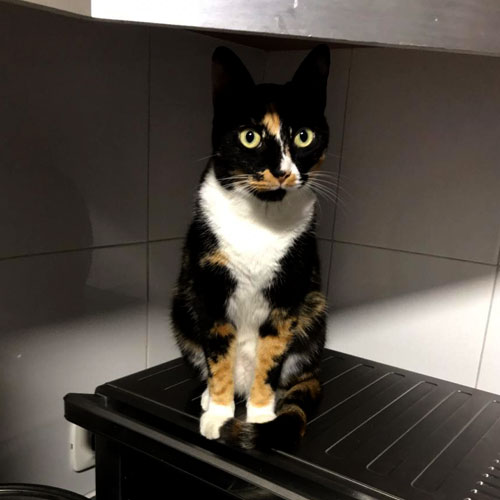
Harsh light, strong shadows & low quality.
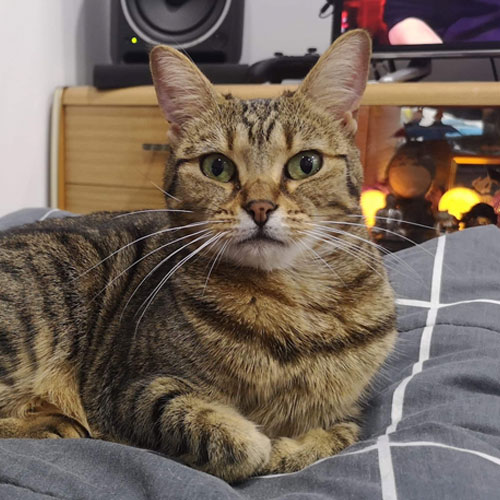
Good light, clear focus and composition.
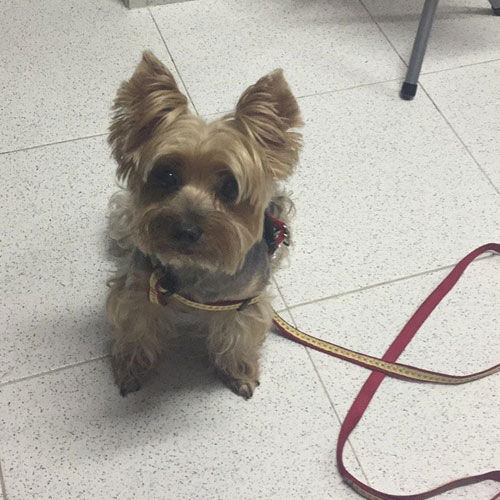
Too far away, washed out colours & out of focus.
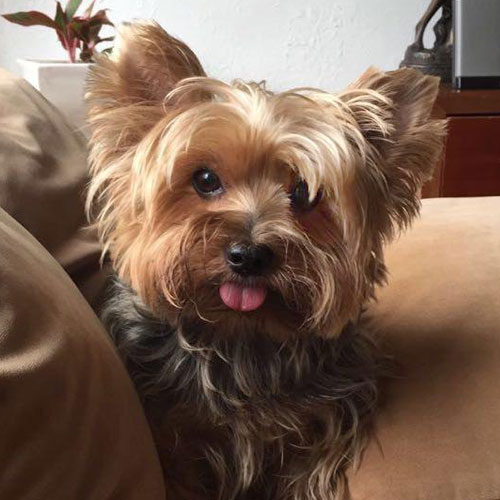
Good light, clear focus & good composition.
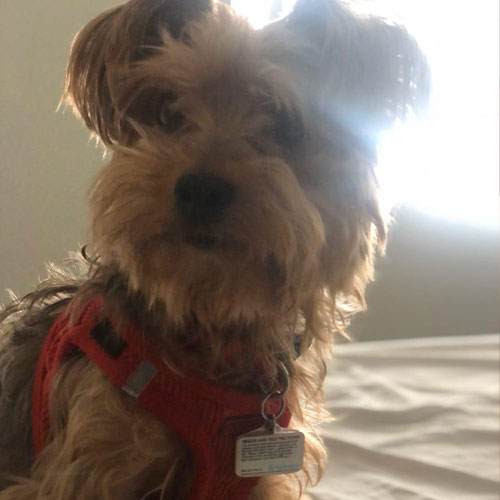
Washed out highlights, casting dark shadows & poor detail.
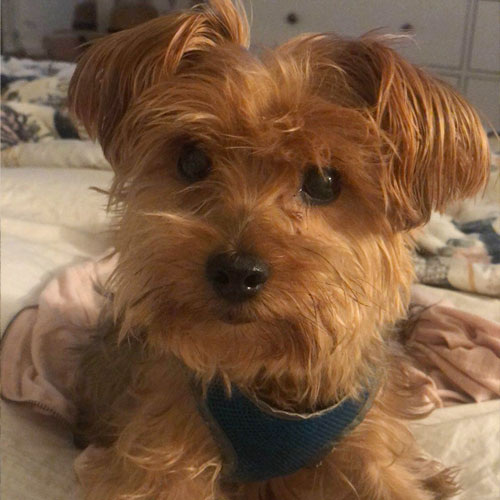
Good light, clear focus & good composition. (Ideal for portraits).
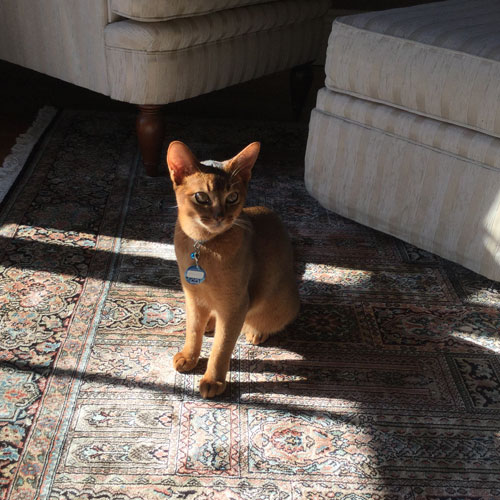
Harsh light, casting dark shadows & too far away.
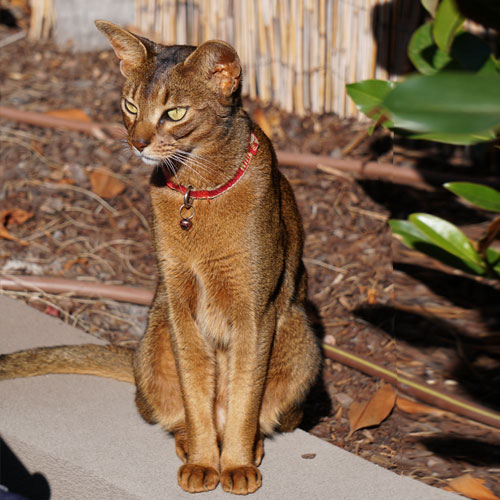
Good light, clear focus, high quality & good composition. (Ideal for full body).
